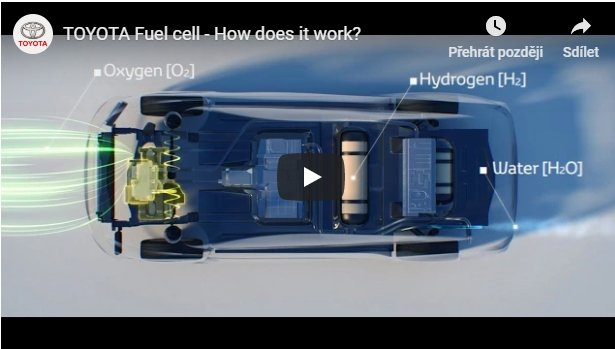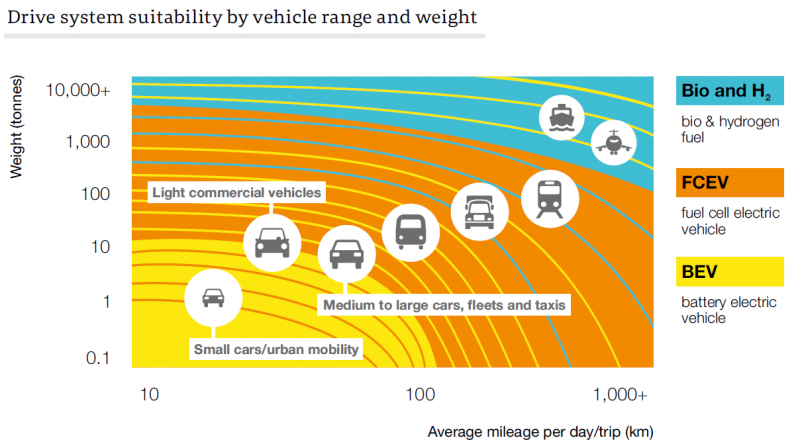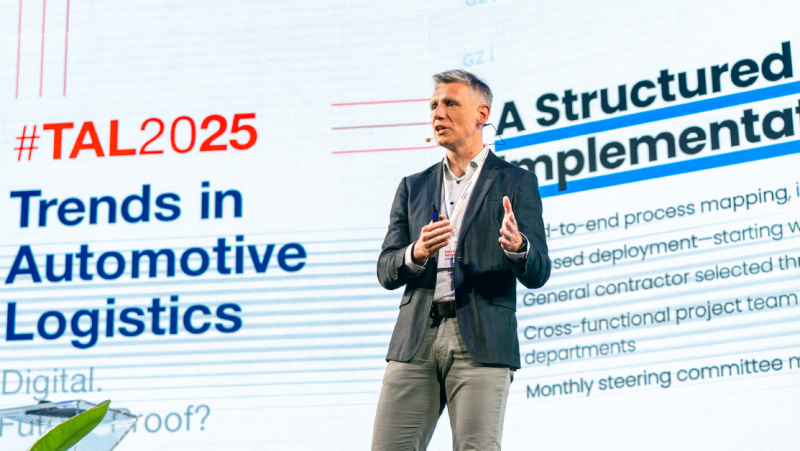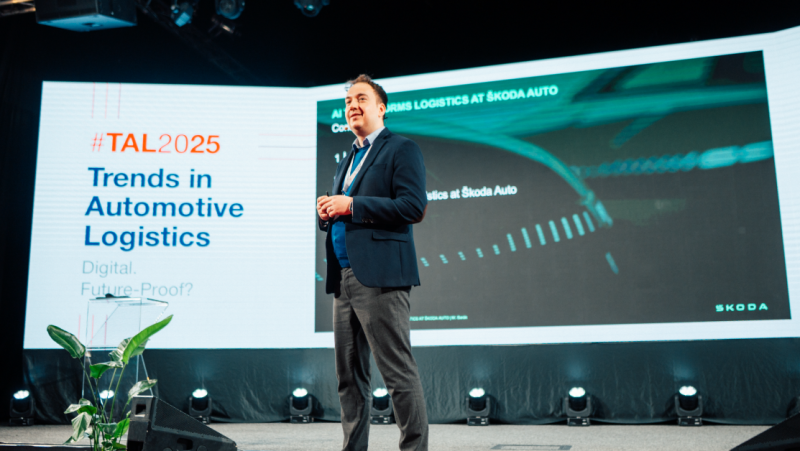The Future of Automotive Industry: Who Invests into E‑Mobility?
- Trends
- Article
Electric cars are the theme of all the big automakers, and it seems that we are going to have a rapid onslaught of e-cars. Or not? After introducing the issue, in the next episode of our series on the impact of e-mobility on the automotive industry, we will focus on the investments into e-mobility and whether batteries are the only alternative to the combustion engine.
Investments into E-Mobility in the Coming Decades
According to forecasts, US$300 billion will be invested into electrification over the coming decades, with approximately 45% of that going to China. Volkswagen will be making nearly one third of the total volume of investments (US$91 billion), which is approximately 60% of the company's R&D expenditures for the period. In comparison: Volkswagen's research and development expenditures in 2018 totalled US$15.3 billion.As the graph below demonstrates, a large part of investments in the next decade will flow to China – both from domestic car makers and from German manufacturers. Japan and the United States are also directing part of their investments there, but they are placing more of their focus on their domestic markets.
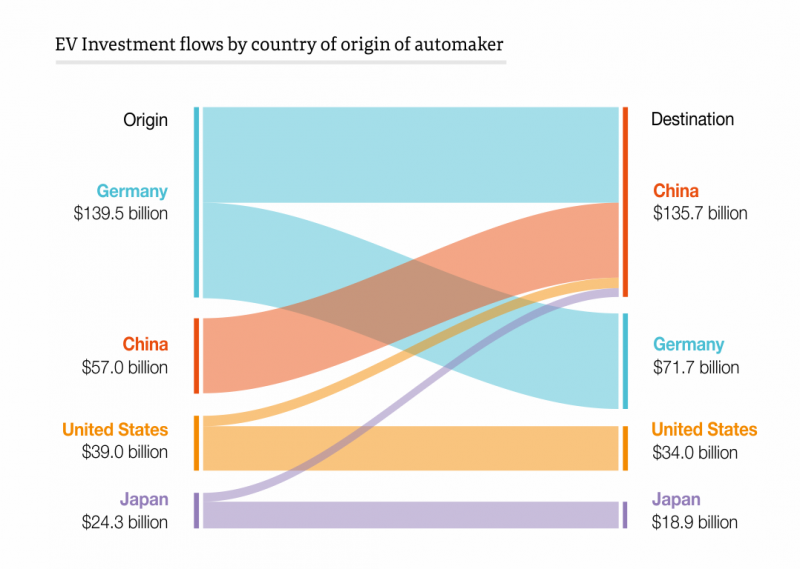
Source: Reuters.com
Alternatives to Electricity
One alternative to electricity may lie in the development of hydrogen e-mobility, a technology that Japan's Toyota is banking on. The advantages of hydrogen fuel cell cars over battery cars lie in their longer range and quicker refuelling/recharging time.
The car maker has come a long way with hybrid technology, with the efficiency of electric power systems continuously increasing. It is already claimed that hybrids are electric cars powered by electricity that the cars produce themselves through energy recovery. Hydrogen fuel cells represent another step in this direction. Hyundai has also launched its hydrogen model on the market, aiming to sell 800,000 hydrogen cars in Japan in 2030. Because hydrogen fuel cells are significantly lighter than batteries and in fact lighter than petrol fuel, hydrogen fuel cells could also be used in freight transportation. As is the case for BEVs, the greatest disadvantage facing hydrogen engines lies in infrastructure. However, Germany is planning on having approximately 400 hydrogen stations in 2023.
What about the range of vehicles with alternative fuels? The longest distances are best covered using vehicles with bio and hydrogen fuels, the world's first hydrogen-powered train has even appeared. Battery cars have the smallest range, and for the medium trips, the fuel cell electric vehicles seem to be the right choice.
Share article
Top stories from logistics, production and IT.
Subscribe to Aimtec Insights
By registering, you agree to the processing of your personal data by Aimtec as described in the Privacy policy.
Get top stories and articles
from Logistics, Production and IT.
Subscribe to Aimtec Insights
By registering, you agree to the processing of your personal data by Aimtec as described in the Privacy policy.



